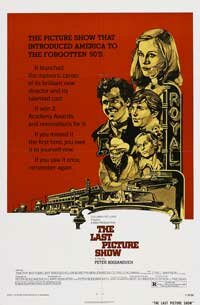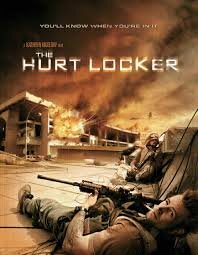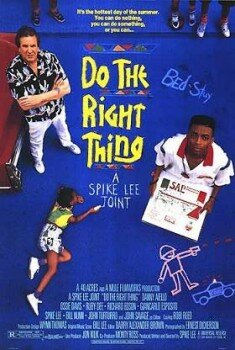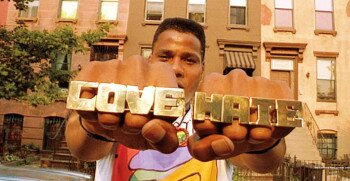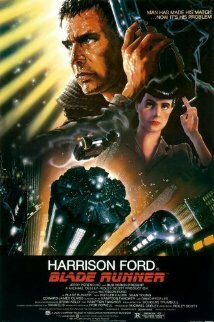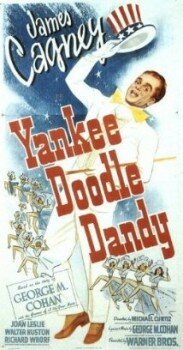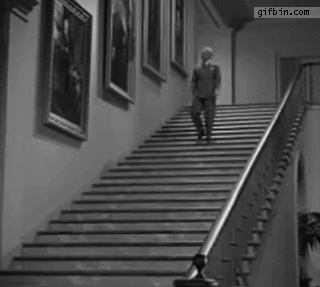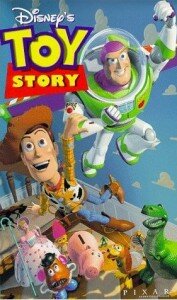A-

The 90th film on AFI’s list brings us to our oldest film to date. One of the movies’ most delightful duos, Fred Astaire and Ginger Rogers, join up for what is arguably their greatest film in the 1936 musical: Swing Time. Reminiscent of other non-integrated musicals of the classical and post-war era (like #98 Yankee Doodle Dandy), Swing Time finds ways to “naturally” work songs into the script by making both of the lead characters professional performers. In this case, Astaire plays a gambling-addicted dancer named Lucky, and Rogers portrays a local dance instructor, Penny. The film follows the pair from their meeting, to their magical first dance, and through a combination of romance and performances as they begin to gain success. All the while, Lucky attempts to keep his engagement with another woman a secret from his new companion.
As anyone who has seen an Astaire-Rogers’ picture could guess, the film is endlessly delightful. The witty dialogue, the unmatchable chemistry, and the seemingly-endless number of magnificent dance-steps keep audiences enthralled from top to bottom.
But perhaps what sets Swing Time apart as an all-time great is the music by Broadway pioneer: Jerome Kern. Kern was instrumental in founding what some have called the most American art form: the musical. In the early days of Broadway, Jerome made his name with hits like Show Boat and Ziegfeld Follies; and with future standards like “” and “.” In one of a few notable collaborations, he teamed up with Astaire in 1936 and the result is wonderful. Out of Swing Time came a few more of Kern’s most recognized tunes, including “” and the absolute classic: “The Way You Look Tonight.”
Couple these members of The Great American Songbook with some upbeat dance numbers and you get your full dosage of Astaire/Rogers whimsy.
 Like some of the older films on the list, Swing Time may not be life-changing. It does not tackle any major issues. It does not subvert any poignant symbols. But it does provide a foundation from which some of our most beloved musicals began to build. And while any film that stars this beloved couple brings joy, there is something uniquely well crafted about Swing Time, which is why it earns a strong A-. And while, with a fairly simple plot, it earns just a 3 out of 10 on the Liberty Scale, that does not make it any less enjoyable.
Like some of the older films on the list, Swing Time may not be life-changing. It does not tackle any major issues. It does not subvert any poignant symbols. But it does provide a foundation from which some of our most beloved musicals began to build. And while any film that stars this beloved couple brings joy, there is something uniquely well crafted about Swing Time, which is why it earns a strong A-. And while, with a fairly simple plot, it earns just a 3 out of 10 on the Liberty Scale, that does not make it any less enjoyable.
We have nothing that can compare to Fred and Ginger today; no triple threat couple that brings constant smiles to the silver screen, but perhaps that’s the beauty of musicals on film. The stage offers so much, but when the show is over, it is over. With Swing Time, the magic is immortalized.
We’ve finished the 90s! Next on the list is the modern thriller, #89 The Sixth Sense.
-
100. Ben-Hur -
99. Toy Story -
98. Yankee Doodle Dandy -
97. Blade Runner -
96. Do the Right Thing -
95. The Last Picture Show -
94. Pulp Fiction -
93. The French Connection -
92. Goodfellas -
91. Sophie’s Choice -
90. Swing Time - 89. The Sixth Sense
What about you? Are you mesmerized by Fred and Ginger? Or do you require more substance in your pictures? Let us know!
To see the rest of the list click here.






